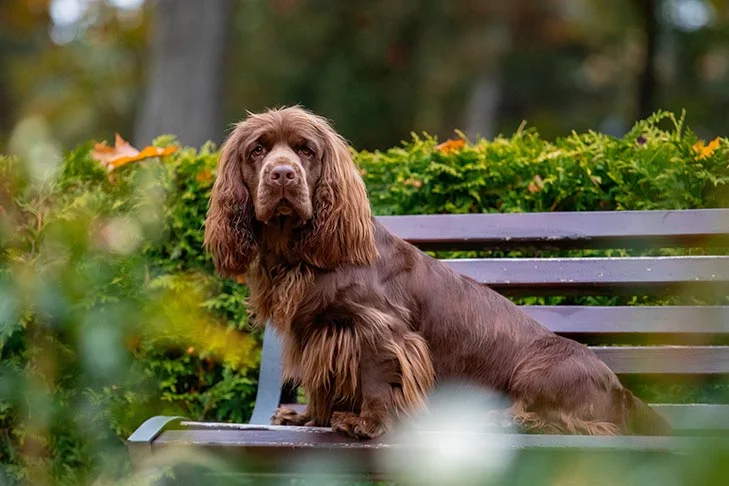“Placid, affectionate, even-tempered, true-blue, loyal,” all are words used to describe the Sussex Spaniel, a slow-but-steady hunter, and congenial housedog. His frowning expression is delightfully at odds with a typically cheerful nature.
Looking a bit like a cross between a Cocker Spaniel and a torpedo, Sussex are long, low-built bird dogs of great strength and endurance. Topping out at just 15 inches tall at the shoulder, Sussex is nonetheless described as ‘massive,’ with a deep chest and heavy bone. Their trademark is an abundant, feathery coat of rich golden liver. The classic spaniel head, with its wavy-coated ears and big hazel eyes, projects a somber, frowning expression delightfully at odds with the Sussex’s innate cheerfulness.








 Health
Health Grooming
Grooming Exercise
Exercise Training
Training Nutrition
Nutrition